The Kombi is, without a doubt, one of the most iconic vehicles in the history of world motorsports. Its simple and functional design, combined with its interests, has won over millions of people around the world. In Brazil, especially, the Kombi has a special place in the hearts of classic car enthusiasts. For many, it is a symbol of freedom, adventure and nostalgia. However, when we talk about restorations and modifications of Kombis, we are talking about a universe where tradition and innovation meet, creating true works of art on wheels. And in 2025, one of these works deserves to be highlighted: a Rare 1957 Kombi which has been restored and modified in such a way as to surprise even the most demanding collectors and classic car lovers.
The 1957 Kombi: A Rare Work
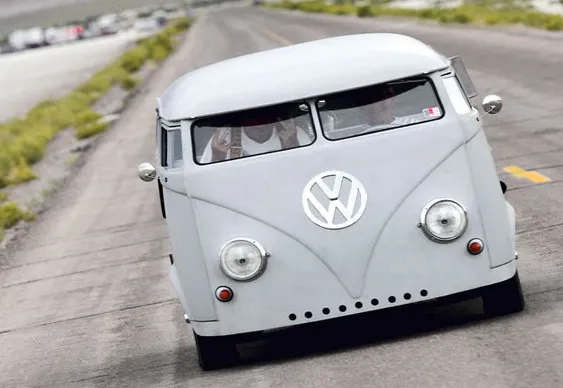
Did you know that the 1957 Kombi is one of the rarest versions of the model? Over the years, this model has become a true treasure for collectors. The value of this restored Kombi could exceed the mark of R$ 1 million , and it's not hard to see why. What makes this Kombi special is not just its age, but the care and passion that went into its construction. restaurant .
Restoring a 1957 Kombi is no easy task, as it involves searching for original parts or recreating components that are often no longer available on the market. Behind this incredible transformation is a time of experts who have spent months, if not years , working to restore the Kombi to its former glory, but with a touch of modernity that makes it even more interesting.
The Restoration Project: Creativity and Passion
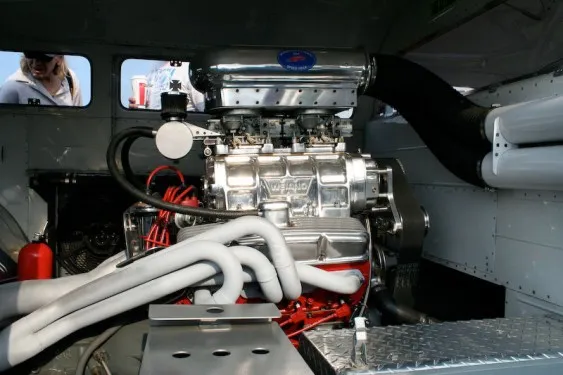
You've probably already imagined what it would be like to put an engine Porsche Flat-6 in the back of a Kombi, right? This idea, which mixes the charm of the classic with the performance of sports cars, was exactly what the creators of restoration sought, but with a difference. Instead of simply making a modification to the engine and wheels, they went further, creating a project that respects the classic essence of the Kombi, but with improvements in performance, appearance and comfort.
The transformation of the 1957 Kombi was not limited to the engine. Fuchs wheels , one of the most traditional in the Porsche universe, were installed to give that sporty and sophisticated touch. The suspension was prepared to ensure greater stability and performance, especially on curves, transforming the old Kombi into a real nervous beast on the roads.
But the great thing about the project was the creativity involved in the restoration. Rather than simply replicating existing models, those responsible for the renovation sought a perfect balance between modernity and history, respecting every line and detail of the original Kombi, but with a personal and innovative touch.
Homage to the Classics: Prather & Pierson
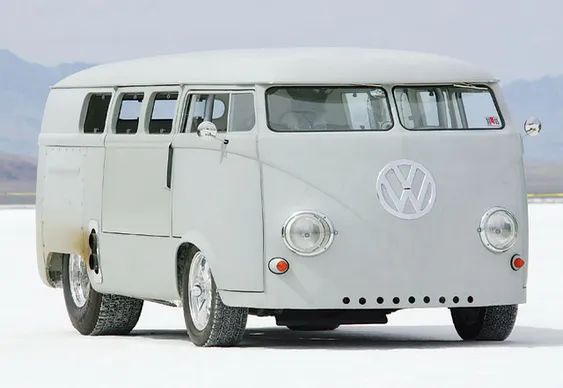
The most interesting thing about this restaurant is that it was not carried out by just anyone. The project was conceived by Prather & Pierson , two greats in the world of classic cars, who not only gave new life to the Kombi, but also rescued the history behind this mobility icon. And as if that weren't enough, they even showed up driving the refurbished Kombi, showing all their passion for the automotive world and the history of great classics.
When you look at the work done by Prather & Pierson , realizes that they are not just restoring a car, but celebrating an important part of automotive culture. They don't limit themselves to making cars just for those seeking a modern, consumerist style. On the contrary, their work is a true tribute to classic cars , those who consider cars as an extension of history itself, and not just a specific good.
The Challenge of Restoring a Classic

Restoring a 1957 Kombi is not just a matter of appearance, but preservation of historical . The search for original parts is one of the biggest challenges faced by restorers. To give you an idea, the 1957 Kombi has specific characteristics that make it unique, such as its engine and gearbox configuration , which were maintained in the restoration process.
Furthermore, many of the materials used in the original construction of the Kombi are no longer available on the market. This means that restorers need to creative and use new technologies and techniques to recreate the parts as faithfully as possible. At the same time, it is important that the modification of the engine and other components does not harm the damages of the vehicle, something that was masterfully accomplished by Prather & Pierson.
The Philosophy Behind Restoration: Less Consumerism, More History
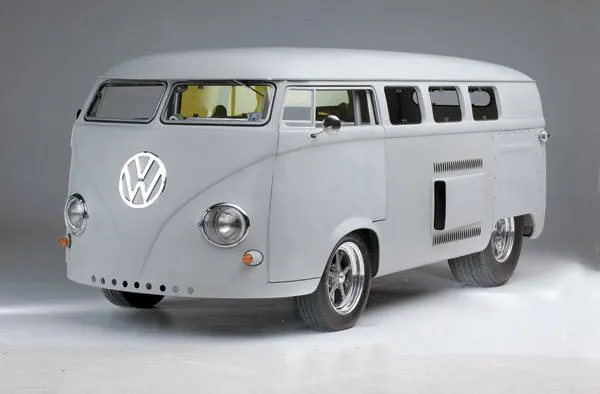
When looking at the restored and modified 1957 Kombi, it is impossible not to think about the philosophy that guides this type of work. In a world where the consumption and planned obsolescence dominate automotive culture, restoring a classic like this is a real criticism of the consumption model current. The restored Kombi is a reminder that it is possible to transform a simple and seemingly outdated object into a work of art, while maintaining its living history and relevant.
This type of project is not just about modifying a car to make it faster or more modern. It is about preserving history, respecting tradition and at the same time adapting to the present and the future. By restoring and modifying classic cars, professionals like Prather & Pierson show us that the true beauty of cars is not just in their technological innovation , but in its ability to connect us with the past and inspire us to build a more creative and sustainable future.
The Kombi as a Symbol of Creativity
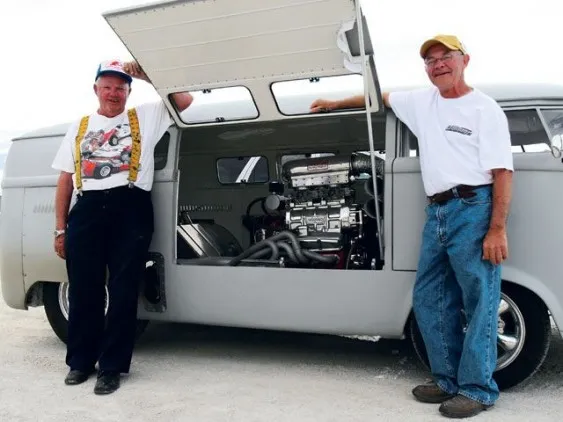
The famous sequence of images of this rare and restored Kombi that you saw goes beyond being just a simple presentation of a car. It is, in fact, a critique of clueless that they think they are modern and give in to the culture of unbridled consumption, often in search of supplied cars, made of plastic and with little personality.
More than that, this sequence is also a homage to those who still believe in the power of creativity and the value of the history of the great classics. It is these “oldies,” as Prather & Pierson refer to the cars, that deserve our admiration. These cars are more than objects of desire: they are symbols of resilience , creativity It is passion .
In summary
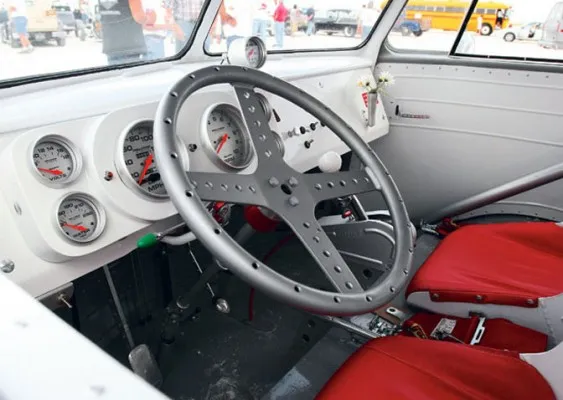
When you restore a 1957 Kombi and turn it into a true work of art on wheels, you are seeing the past and present meeting on a single project. Prather & Pierson's work is proof that it is possible innovate without losing sight of the importance of history and cultural preservation. In a world dominated by discard and planned obsolescence, the restoration and modification of classic cars like this one Kombi are a true tribute to the memory of the great icons of motorsport.
The restored 1957 Kombi is, without a doubt, a symbol of resistance . She reminds us that the true creativity goes beyond transforming a car into a simple consumer object. It is about keeping history alive, valuing tradition and respecting the legacies of the past, while moving towards a more innovative future full of possibilities. This Kombi is not just a car; it is a living witness of what we can achieve when we combine passion, creativity and respect for history.









